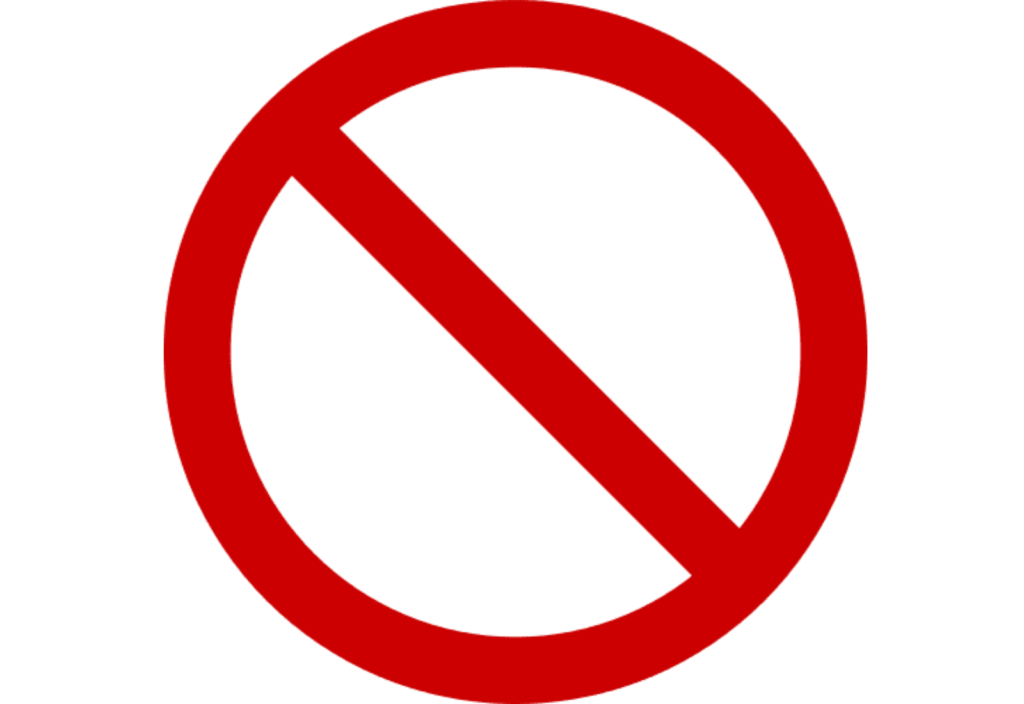With Amazon and Ebay having increased their efforts at bringing in Chinese sellers and with Chinese manufacturers branching out and making their own products, the number of companies contacting our international intellectual property lawyers about problems with counterfeit products and knockoffs has soared.
If the problem involves infringing products being imported into the United States, powerful remedies are available to companies with US IP rights. One of the most powerful remedies is a Section 337 case, which can block infringing products, regardless of their origin, from entering the U.S.
A Section 337 action (the name comes from the implementing statute, 19 U.S.C. 1337) is available against imported goods that infringe a copyright, trademark, patent, or trade secret. But because other actions are usually readily available to owners of registered trademarks and copyrights, Section 337 actions are particularly effective for owners of patents, unregistered trademarks, and trade secrets. Though generally limited to IP rights, in the ongoing Section 337 steel case, US Steel has been attempting to expand the definition of unfair acts to include hacking into computer systems and antitrust violations.
The starting point is a section 337 investigation at the US International Trade Commission (“ITC”). If the ITC finds certain imports infringe a specific intellectual property right, it can issue an exclusion order and U.S. Customs will then keep out all the infringing imports at the border.
Section 337 cases have been brought and exclusion orders issued against a vast range of different products: from toys to footwear to large machinery to consumer products to high tech products.
Section 337 is a hybrid IP and trade statute, which requires a showing of injury to a US industry. The injury requirement is very low and can nearly always be met — a few lost sales will suffice to show injury. The US industry requirement can be a sticking point. The US industry is usually the one company that holds the intellectual property right in question. If the IP right is a registered trademark, copyright or patent, the US industry requirement has been expanded to include significant US investment in plant and equipment, labor or capital to substantial investment in the exploitation of the IP right, including engineering, research and development or licensing.
Section 337 actions are fast, intense litigation in front of an administrative law judge (ALJ); The typical section 337 case takes only 12-15 months. Once a 337 petition is filed, the ITC has 30 days to determine whether to institute the case. After institution, the ITC will serve the complaint and notice of investigation on the respondents. Foreign respondents have 30 days to respond to the complaint and US respondents have only 20 days. If the importers or foreign respondents do not respond to the complaint, the ITC can find the companies in default and issue an exclusion order.
The ITC’s jurisdiction in 337 cases is “in rem,” which means it is over the product being imported into the US. This makes sense since the ITC has no power over the foreign companies themselves, but it does have power over their United Statess imports. What this means in everyday terms is that unlike most regular litigation, a Section 337 case can be effectively won against a foreign company that 1) is impossible to serve, 2) fails to show up at the hearing, and 3) is impossible to collect any money from.
The remedy in section 337 cases is an exclusion order preventing the respondent’s infringing products from entering the United States. In special situations, however, where it is very easy to manufacture a product, the ITC can issue a general exclusion order against the World. In the Rubik’s Cube puzzle case, which was a case I brought at the ITC, Ideal (the claimant) named over 400 Taiwan companies as respondents infringing its common law trademark. The ITC issued a General Exclusion Order in 1983 and it is still in force today, blocking any Rubik’s Cube not made by Ideal from entering the United States. In addition to exclusion orders, the ITC can issue cease and desist orders prohibiting US importers from selling products that infringe the IP rights in question.
Section 337 cases can also be privately settled, but the settlement agreement is subject to ITC review. We frequently work with our clients to settle 337 cases early to minimize their legal fees. In the early 1990s, RCA filed a section 337 case against TVs from China. The Chinese companies all quickly settled the case by signing a license agreement with RCA.
Respondents caught in section 337 cases often can modify their designs to avoid the IP right in question. John Deere brought a famous 337 case aimed at Chinese companies that painted their tractors green and yellow, infringing John Deere’s trademark. Most of the Chinese respondents settled the case and painted their tractors different colors, such as blue and red.
Bottom Line: Section 337 cases are intense litigation before the ITC, and should be considered by U.S. companies as a tool for fighting against infringing products entering the United States. On the flip side, US importers and foreign respondents named in these cases should take be sure to respond quickly because ITC exclusion orders can stay in place for years.

























